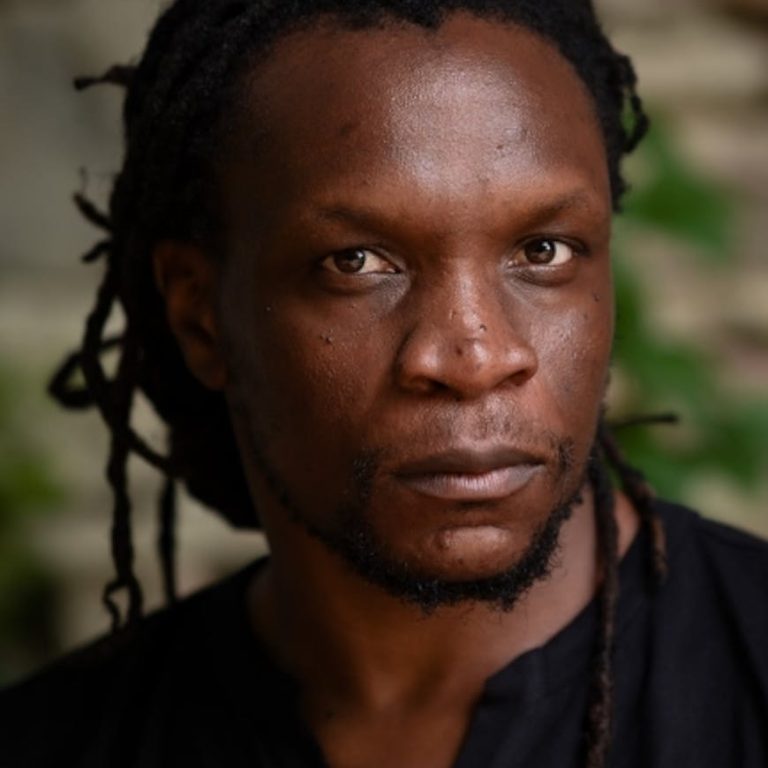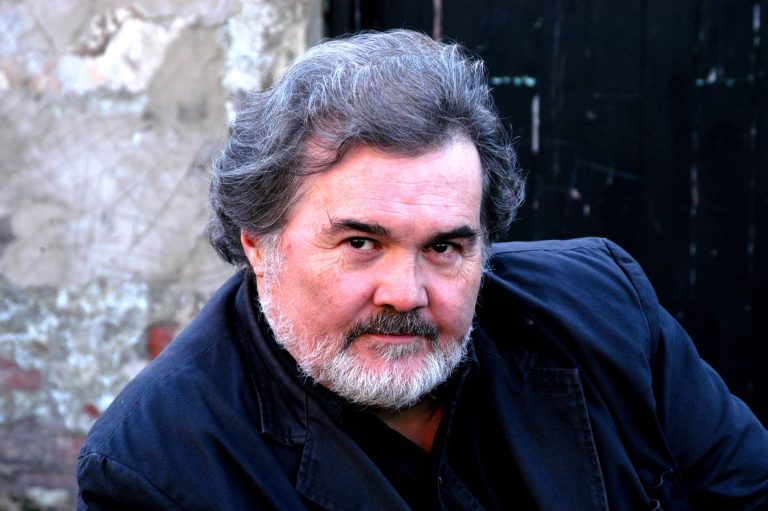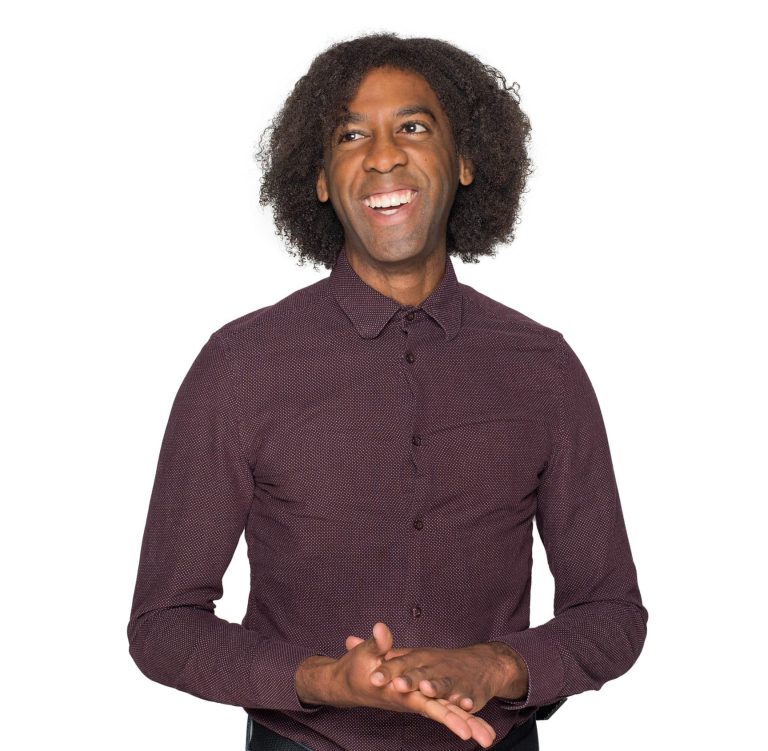Let’s marvel again at what Christian Bök achieves by applying rigorous restrictions to his work as he creates poetry.
In other Poem of the Week selections, we’ve examined how abiding by specific rules and constraints as to how a poem is constructed have produced intriguing and moving results for poets such as P.K. Page,…
Let’s marvel again at what Christian Bök achieves by applying rigorous restrictions to his work as he creates poetry.
In other Poem of the Week selections, we’ve examined how abiding by specific rules and constraints as to how a poem is constructed have produced intriguing and moving results for poets such as P.K. Page, Don Paterson and Christian Bök himself. While Page and Paterson have worked with constraints in terms of the structure of their poems at the stanza and line levels, Bök has gone as far as restricting his word and even letter choices. In fact, he has even brought his work down to the literal cellular level, as described here.
In that same article, Bök reveals what scares him as a writer:
“I often write poems through the use of procedural constraints that often court “the impossible,” and, consequently, I fear that I might eventually set for myself a task that cannot in fact be done because the language itself cannot accommodate the rules that I have set for the outcome.”
… and it would probably be fair to say this pushing of self-imposed bounds also exhilarates the poet, producing results fascinating for him and for his readers.
Even the Harvard Business Review praises the use of constraints to foster innovation:
“According to the studies we reviewed, when there are no constraints on the creative process, complacency sets in, and people follow what psychologists call the path-of-least-resistance – they go for the most intuitive idea that comes to mind rather than investing in the development of better ideas. Constraints, in contrast, provide focus and a creative challenge that motivates people to search for and connect information from different sources to generate novel ideas for new products, services, or business processes.”
When Bök was asked to create a piece using one-syllable words only, he concluded slyly with this:
“I vow, from now on, to say just what I mean (no more!)—with no need for me to lean on the crutch of some cheap trick.”
Well, aren’t we glad he didn’t make that vow before he crafted “CHAPTER E, for René Crevel”. The last two lines, with their gorgeous parallel structure and echoes …
“She needs rest; nevertheless, her demented fevers render her sleepless (her sleeplessness enfeebles her).
She needs help; nevertheless, her stressed nerves render her cheerless (her cheerlessness enfetters her).”
… produced under the pressure from the constraints applied to the entire exercise, are diamonds.



